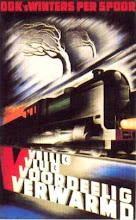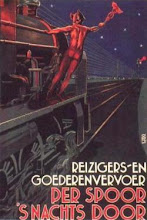That depends on the rarity of the object, the condition and your own personal motives. Most Lionel prewar toy trains are common and ubiquitously available in the Northern America's. Consequently, many prewar wagons can be purchased for 10-20 USD. Since most toy trains have been played with, they are often dented, bended, spot-rusted and some parts might be missing. But spare parts are either available or can be machined, since they are metal-based.
The conservatives thinks that we should leave these toy trains as they are right now, with all their character, patina and age. But then we are preserving their current condition, not their original condition. They were not played with with dents and nicks. Personally I favour to try to return them back to the original condition, as close as is possible. Then you can experience the same as kids did some 80 or more years ago. The bright colours, the tin rattle on the rails, the smell of ozone.
I will make exceptions for rare objects. I would not like to touch those. But since these tend to be expensive and therefore typically end up somewhere else, this has not created any issues, yet. Since fewer toy trains survived WWII in Europe, most prewar toy trains tend to be expensive, especially from the Märklin-brand. Therefore, I prefer to avoid those and stick to cheap and cheerful mass-produced American brands.
.jpg) |
| Well, Frank, I am sure you would agree that this 814 boxcar can better be restored. |
But this is not a black and white polarised discussion. With more and more prewar toy trains in poor to extremely poor condition being marketed via Internet auction sites, not restoring simply means letting it rust away. Especially for this category, a full restoration yields personal satisfaction, having salvaged it from the trash bin.
 |
| This Lionel 812 gondola has already been rescued from a rusty disintegration. There is no point to leave it in this dilapidated condition. |
.jpg)
.jpg)
.jpg)
.jpg)






